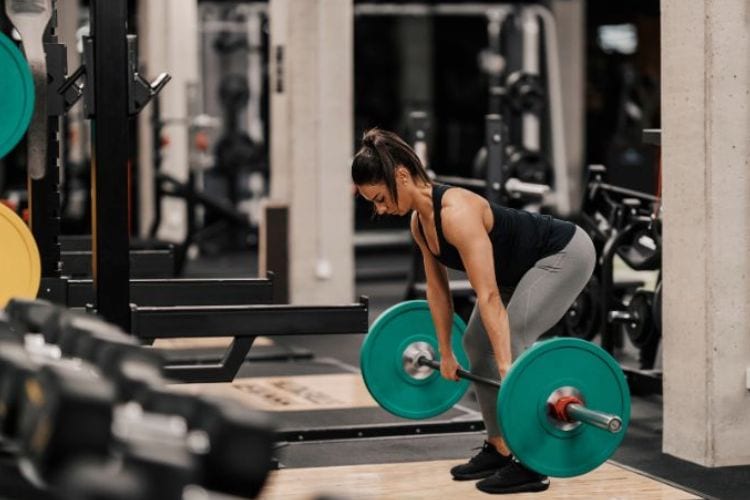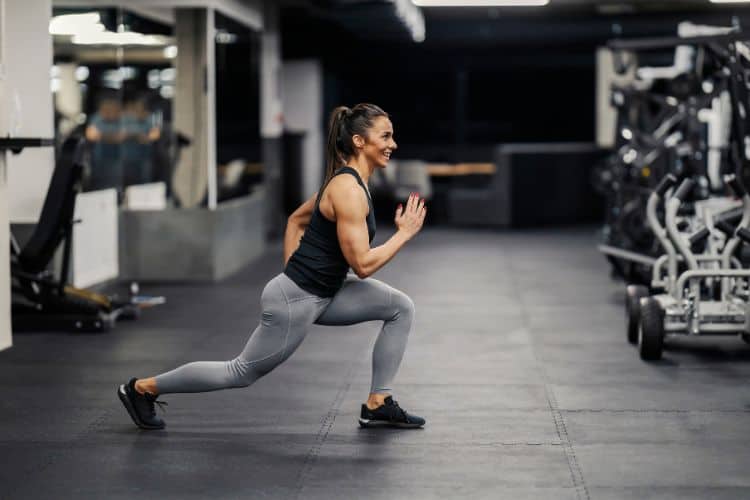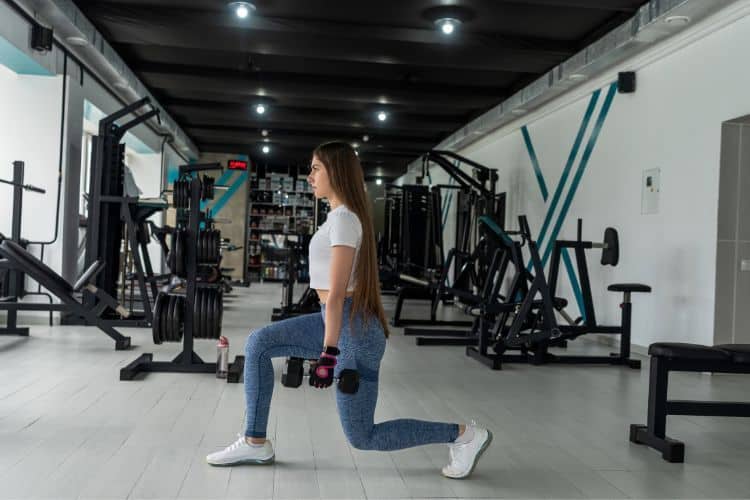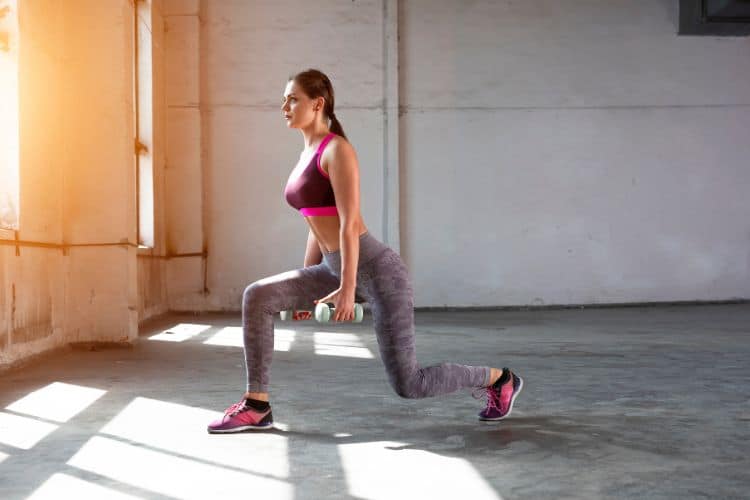Sign up for workout ideas, training advice, reviews of the latest gear and more.






If you’re short on time but want maximum results from your workouts, a 30-minute metabolic workout is your golden ticket. This style of training combines high-intensity resistance exercises with minimal rest to torch calories, build lean muscle, and boost your metabolism for hours after your session ends. In this blog post, we’ll break down everything you need to know about metabolic workouts, provide a structured 30-minute routine, and explain how it can help you transform your fitness level—all in a half-hour commitment.
Metabolic workouts are intense training sessions that combine strength and cardio-based movements into circuits or intervals. The goal is to elevate your heart rate and keep it high while activating multiple muscle groups. These workouts increase your body’s excess post-exercise oxygen consumption (EPOC), meaning you continue burning calories long after you finish.
Metabolic workouts are perfect for those who want results without spending hours in the gym. A well-structured 30-minute session can rival a traditional hour-long workout in terms of calorie burn and muscle stimulation.
To be effective, a 30-minute metabolic workout must be designed with the following principles:
Exercises that target multiple muscle groups simultaneously—like squats, lunges, push-ups, and rows—deliver greater calorie burn and muscle recruitment.
Short rest periods and fast-paced transitions between movements keep your heart rate elevated, maximizing fat loss.
You don’t need a fully stocked gym. Dumbbells, resistance bands, kettlebells, or just bodyweight can get the job done.
Workouts are typically broken into circuits with specific work-to-rest ratios such as 40:20 or 45:15. This helps maintain intensity without burnout.
This workout is divided into 3 circuits, each lasting 10 minutes. You’ll perform each circuit twice, completing each exercise for 40 seconds followed by a 20-second rest. Take 1 minute of rest between circuits.
Hold one dumbbell at your chest and squat deep, keeping your core tight and knees tracking over your toes.
Step back into a lunge while simultaneously curling the dumbbells. Alternate legs.
Explode upwards and land softly. This move ignites your glutes, quads, and calves while keeping the heart rate high.
Hinge at your hips while keeping the dumbbells close to your shins. Focus on the stretch in your hamstrings and the squeeze in your glutes.
Step to the side and sink into a deep lateral lunge. Return to center and alternate legs.
Perform regular or modified push-ups, keeping your core tight. Focus on control and form.
With knees slightly bent, hinge at the hips and row the dumbbells towards your torso.
Press both dumbbells overhead and return slowly. Engage your core throughout.
In a high plank with dumbbells under your hands, row one dumbbell at a time while keeping hips square.
Lower yourself using a sturdy surface. Focus on squeezing the triceps at the top.
Drive your knees toward your chest at a fast pace while maintaining a strong plank.
Sit with feet elevated and twist from side to side, engaging the obliques.
Run in place while lifting your knees as high as possible. Pump your arms for added intensity.
From a plank position, alternate tapping each shoulder. Keep hips as still as possible.
Swing a dumbbell from low to high across your body. Perform 20 seconds on each side.
Don’t skip your cool-down! Spend 5 minutes doing static stretches for the hamstrings, quadriceps, hip flexors, shoulders, and lower back. Deep breathing helps bring your heart rate down and aids in recovery.
Here’s how you can structure this 30-minute metabolic workout within your weekly routine:
| Day | Workout |
|---|---|
| Monday | 30-Minute Metabolic Workout |
| Tuesday | Low-Intensity Cardio or Active Recovery |
| Wednesday | 30-Minute Metabolic Workout |
| Thursday | Rest or Yoga |
| Friday | 30-Minute Metabolic Workout |
| Saturday | Optional Light Cardio or Mobility Work |
| Sunday | Rest |
Stick with at least 3 sessions a week to see visible results within a month.
Gradually increase dumbbell weight or reps every 2–3 weeks to challenge your body.
Metabolic training is powerful, but pairing it with balanced nutrition will speed up fat loss and muscle definition.
Sweating during intense workouts depletes electrolytes. Drink plenty of water before, during, and after each session.
Your muscles grow and repair while you sleep. Aim for at least 7–8 hours each night.
Yes! Beginners can modify the movements (e.g., incline push-ups, bodyweight instead of dumbbells) and adjust the work/rest intervals (e.g., 30 seconds work, 30 seconds rest).
It varies by intensity and individual, but you can expect to burn 300–500 calories, plus continued calorie burn afterward due to EPOC.
Absolutely. Spend 3–5 minutes doing dynamic movements like jumping jacks, arm circles, and bodyweight squats to prepare your body.
You don’t need an hour-long gym session to get fit. In just 30 minutes, a well-planned metabolic workout can rev your heart rate, build lean muscle, and leave you sweating. Thanks to the EPOC effect, your body continues to burn calories long after you’ve finished your last rep.
This makes 30-minute metabolic workouts ideal for:
A 30-minute metabolic workout is a game-changer for those who want full-body results in less time. By combining strength training, cardio, and core work in a high-intensity format, you’ll burn fat, build muscle, and boost your metabolism—all within half an hour.
Start by doing this routine 2–3 times per week and gradually scale up intensity or resistance. Whether you’re working out at home or in a gym, metabolic training offers the perfect balance of power, performance, and practicality.
Stay consistent, challenge yourself, and let every 30-minute session push you closer to your fitness goals.
Want more effective workouts?
Subscribe to our blog or follow us on Pinterest for new routines, challenges, and fitness tips!
Stay up to date on the latest women’s health, fitness and lifestyle trends and tips.